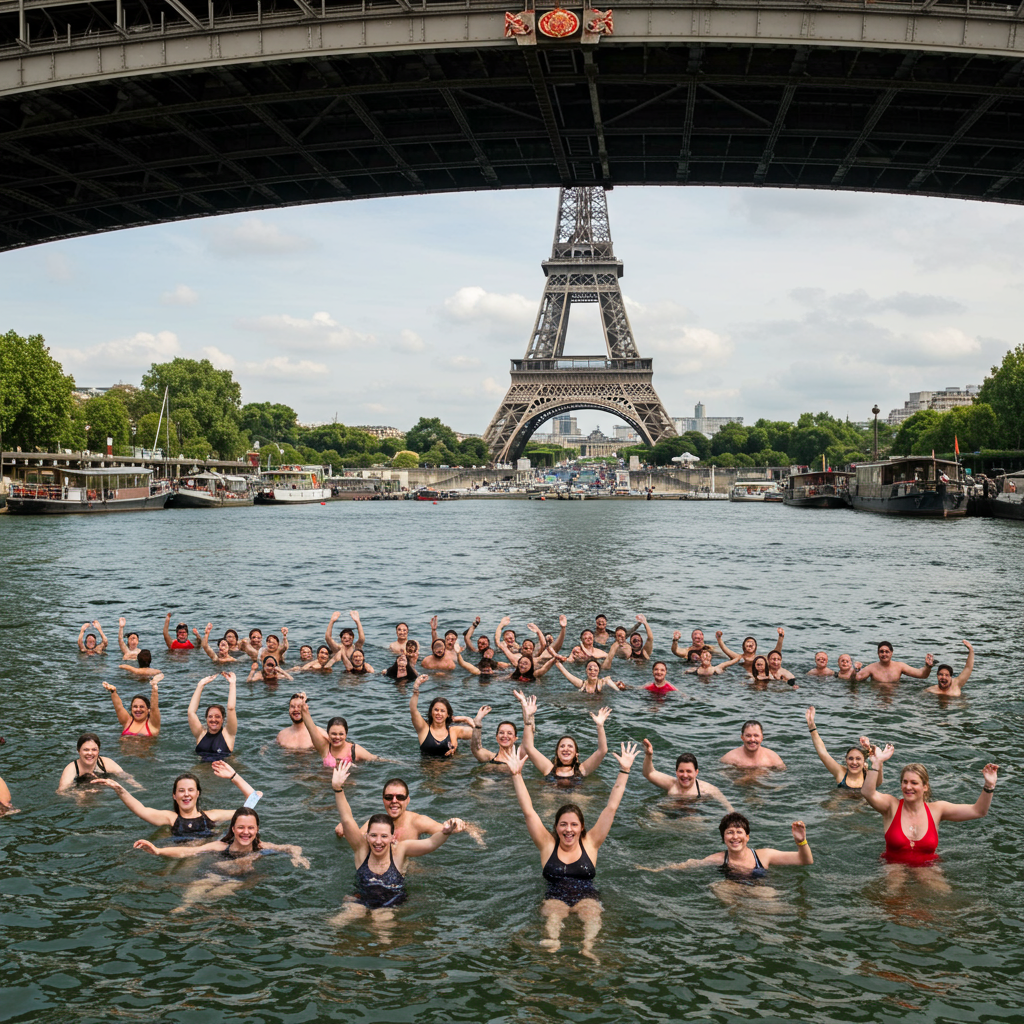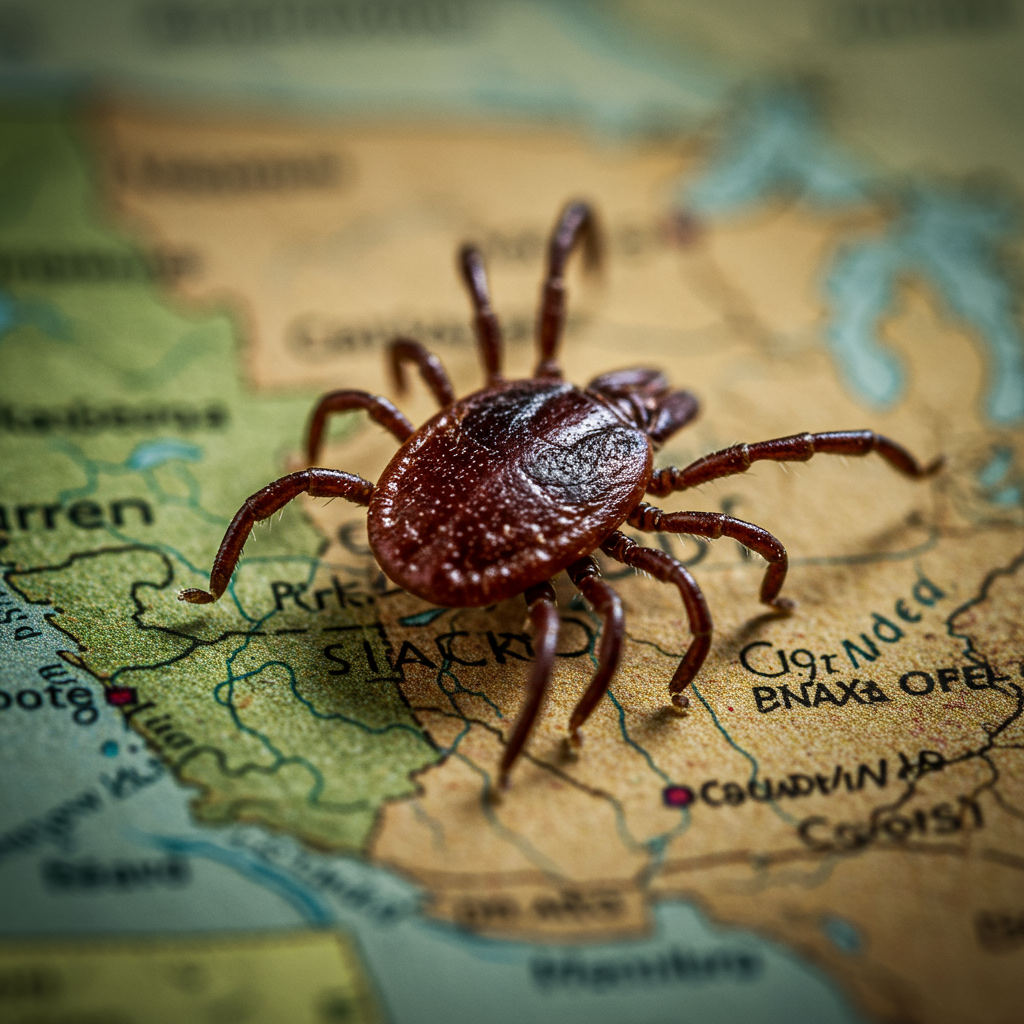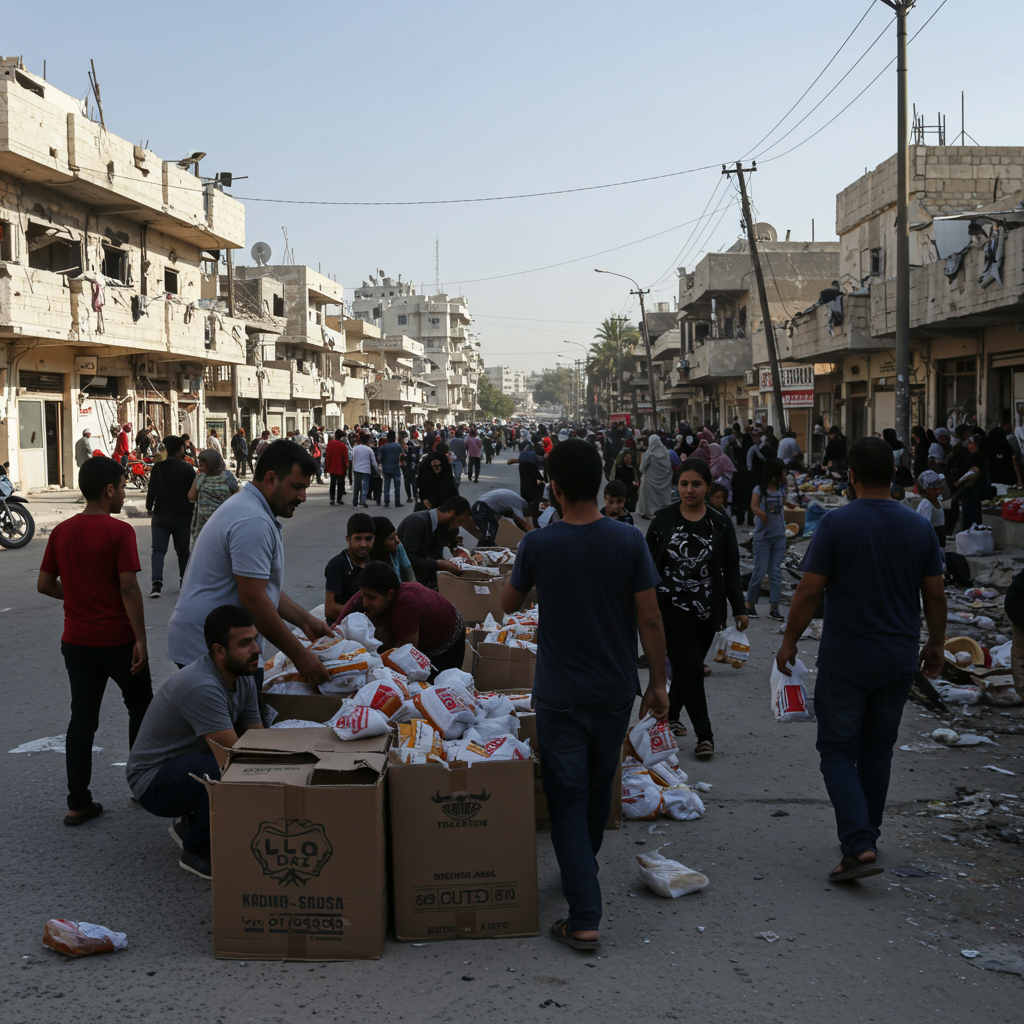For the first time in over a century, Parisians have legally plunged into the iconic river Seine. This historic moment on Saturday, July 5, 2025, follows a massive, multi-year cleanup effort. The return of public swimming marks a significant milestone in the city’s commitment to reclaiming its urban waterways. It offers residents and visitors a unique new way to experience the heart of Paris.
The atmosphere was electric as eager swimmers gathered along the riverbanks. Laughter and cheers filled the air near newly established bathing sites. These included specially constructed wooden decks offering easy access to the water. Designated areas near the Eiffel Tower and by the charming Île Saint-Louis in central Paris became vibrant hubs of activity. People arrived early, towels in hand, ready for their turn to make history.
As the first individuals entered the water, cries of joy echoed across the river. The water itself was described by many as surprisingly pleasant. Participants commented on its warmth, contrasting initial expectations. For many, swimming with world-famous landmarks as a backdrop felt incredibly special. One participant, a 25-year-old construction worker, highlighted how wonderful it felt to swim right in the city center amidst recent warm weather.
This remarkable transformation is the direct result of a colossal investment. A cleanup project totaling €1.4 billion (approximately $1.5 to $1.6 billion USD, depending on exchange rates) was undertaken. A key driver for this extensive work was the need for the Seine to host open-water swimming events during the 2024 Paris Olympics. This ambitious goal spurred unprecedented efforts to improve water quality.
Following the massive cleanup, officials now confidently state that the Seine meets rigorous European water quality standards on the vast majority of days. Environmental authorities have provided specific data supporting these claims. For instance, in the designated swimming zones, levels of key bacteria like E. coli and enterococci have been confirmed to be well below official safety thresholds. One prefect noted that E. coli was 10 times below required limits, and enterococci more than 25 times below.
Paris Mayor Anne Hidalgo has been a strong advocate for this project. She had previously taken a dip in the river the year before to demonstrate her confidence in its improving condition. On the opening day, she was present, visually reaffirming the success by holding up a bottle of transparent river water. For Mayor Hidalgo, enabling swimming in the Seine fulfills what she described as a “childhood dream” and honors a long-standing promise dating back to 1990.
Stringent safety protocols were clearly visible on opening day. Every swimmer in the designated zones was required to wear a bright yellow lifebuoy around their waist. A team of dedicated lifeguards, highly visible in their vests, kept a watchful eye on everyone in the water. While the current was gentle, safety measures were paramount in this urban waterway.
Swimming in the Seine had been officially prohibited since 1923. The ban was initially put in place due to severe pollution levels and safety risks posed by river navigation. While swimming is now permitted in these newly opened, protected areas, taking a dip elsewhere in the river remains illegal for safety reasons. This phased approach ensures public well-being while gradually expanding access.
Despite the official assurances and the palpable excitement, some onlookers remained cautious. Observing from a nearby bridge, one resident expressed reservations. He mentioned having witnessed significant debris in the river over the years. He stated he would personally wait until the water felt truly “squeaky clean” before venturing in.
While some minor floating debris, such as leaves or stray wrappers, were occasionally noted, the overall condition was significantly improved. The strong sewage odor historically associated with the river was largely absent. Instead, the air carried a faint, earthy, river-like scent. Swimmers described the water as “emerald-green,” a testament to the visible improvements.
This historic reopening is more than just a local event. It reflects a growing global movement focused on revitalizing urban rivers. Cities worldwide are exploring ways to clean and reclaim their waterways. Making them safe and accessible for recreation connects residents more deeply with their natural environment. Paris’s achievement sets a powerful example for other metropolises.
For those who took the plunge, the experience was exhilarating. One resident described it as “so chic” to swim near iconic landmarks like Île Saint-Louis. While acknowledging some natural apprehension about swimming in an urban river, participants expressed confidence in the extensive testing and official oversight. As one swimmer humorously noted, “My skin is OK,” a lighthearted nod to the water quality concerns.
Frequently Asked Questions
What is the significance of swimming returning to the Seine River in Paris?
The return of legal public swimming to the Seine River on July 5, 2025, is highly significant. It marks the first time people could legally swim in the river in over 100 years, ending a ban that began in 1923 due to pollution and navigation hazards. This event symbolizes the successful outcome of a massive €1.4 billion cleanup project aimed at restoring the river’s water quality. It represents a major step in reclaiming the Seine as a usable public space in the heart of Paris.
Where exactly can people swim in the Seine River now?
As of July 5, 2025, public swimming in the Seine River is permitted only in specific, designated areas. These include newly constructed bathing sites with features like wooden access decks. Key locations mentioned are near the Eiffel Tower and by the Île Saint-Louis in central Paris. Swimming outside of these clearly marked and supervised zones remains illegal due to ongoing safety and navigation concerns, despite the overall water quality improvements.
Is the water in the Seine River safe for swimming after the cleanup?
According to Paris officials and environmental authorities, the water in the designated swimming areas now meets European water quality standards on most days following the extensive cleanup project. Specific testing has shown key bacteria levels, such as E. coli and enterococci, to be well below official safety thresholds in these zones. While official data confirms safety, some onlookers remain skeptical based on the river’s historical pollution issues. Strict safety measures, including mandatory lifebuoys and lifeguards, are in place to ensure swimmer safety.
This historic moment culminates decades of effort and significant investment. It transforms a long-polluted waterway back into a vibrant center for public life and recreation. The success of the Seine cleanup offers inspiration for urban river revitalization projects worldwide.




